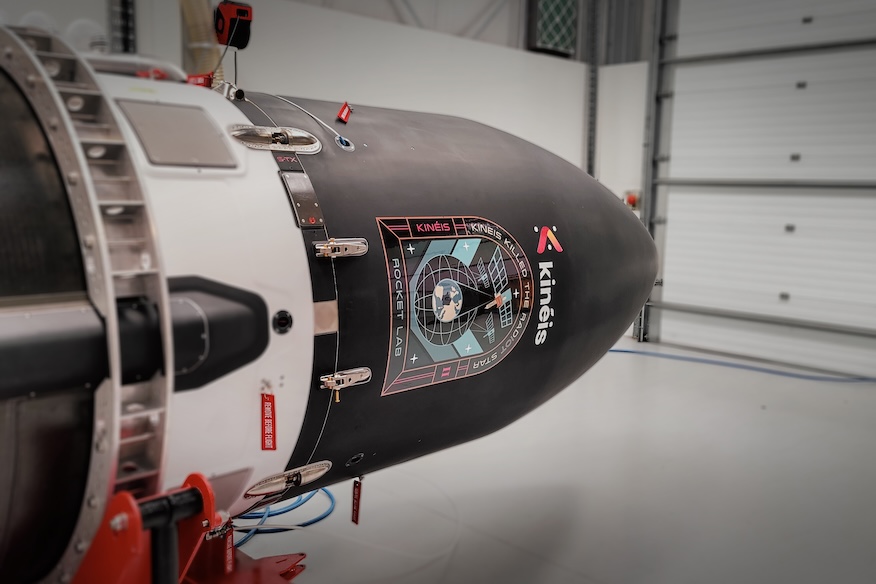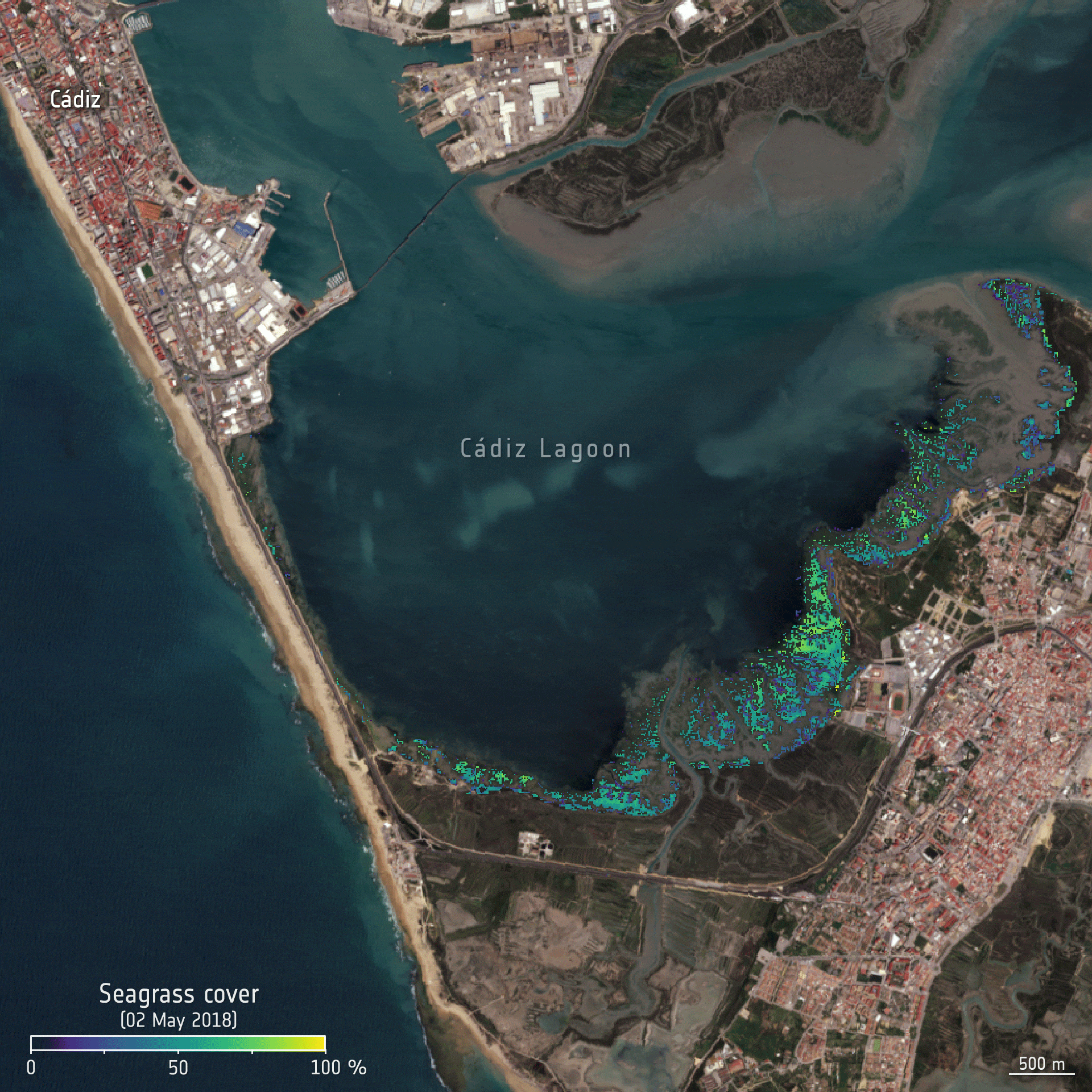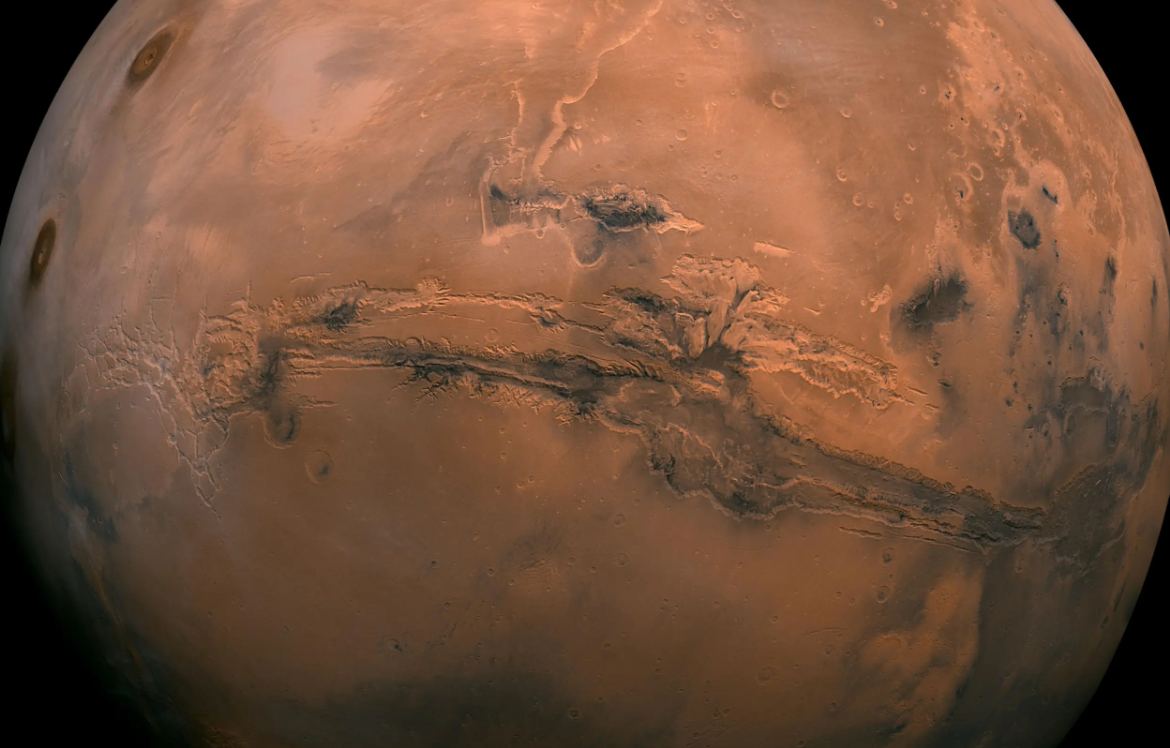[ad_1]

Rocket Lab is preparing to launch its 53rd Electron rocket to date on a mission for the France-based Internet of Things company, Kinéis. This is the second batch of satellites that Rocket Lab is launching for them.
The mission, dubbed ‘Kinéis Killed the RadIOT Star’ by Rocket Lab, is set to launch from Launch Complex 1 Pad A on Sept. 19 at 11 a.m. NZST (Sept. 18 at 7 p.m. EDT, 2300 UTC). This is an instantaneous launch window.
“While the 1st mission referred to the town of Kinéis (‘No Time Toulouse’), the name of this 2nd mission is borrowed from music, with a little flashback to the late 70s, with the hit by British group The Buggles, ‘Video Killed the Radio Star,’ Kinéis said in a statement. “The Radio/RadIoT pun is reminiscent of the French company’s commercial ambition to capture 30% of the global IoT market in the medium term.”
Following the ‘No Time Toulouse’ mission, which launched on June 19, 2024, this will be the second out of five planned missions to fill out Kinéis’ constellation of 25 satellites in low Earth orbit.
“The Kinéis teams are ready to build on the success of the 1st launch. They have capitalized on this first and delicate technical experience of putting our first 5 satellites into position and are delivering a real technical performance in managing the 5 new satellites simultaneously, in addition to the 5 already in the air,” said Alexandre Tisserant, the chairman of Kinéis in a statement. “Rocket Lab’s Electron launcher made a major contribution to this success, thanks to the precision with which it injected our nanosatellites into their positions.
“The IoT revolution is underway. Thanks to our space-based connectivity, we’ll be able to connect any object anywhere in the world in near real time. Go Kinéis!”
The satellites are designed to allow for greater technology use in remote destinations around the globe in three main areas: tracking, monitoring and alerting.
“Kinéis’ space connectivity applications are used in a number of fields that represent major challenges for mankind, its activities and its environment today: natural risk prevention (detection of forest fires, floods, pollution, etc.), monitoring of infrastructures and energy networks (detection of anomalies, predictive maintenance, etc.), transport and logistics monitoring, agriculture, traceability of wild and farmed animals, and monitoring of commercial and leisure maritime activities,” the company wrote.
🚀 T-10 HOURS UNTIL LAUNCH! 🚀
In just 10 hours, @RocketLab will launch 5 new Kinéis IoT satellites into space, marking a stride in our mission to connect any device, anywhere. This brings us halfway to our goal to constitute a constellation of 25 satellites delivering near… pic.twitter.com/J22vtbJekG
— Kineis IoT (@KineisIoT) September 18, 2024
The deployment of the satellites will begin following the second of two planned burns on the Electron’s Kick Stage, which happens a little more than one hour and five minutes after liftoff.
“After the first Curie engine burn to circularize the Kick Stage’s orbit, Curie will ignite again for an eight second burn to set a specific argument of perigee, enabling Kinéis to deploy five satellites to a precise location,” Rocket Lab wrote regarding the deployment. “All five satellites will be deployed in a precise sequence in singles and as pairs to build out the constellation exactly as Kinéis needs it.”
While the specific dates for the next three launches after this mid-week flight have not been announced, Kinéis said that the launch timeline overall was generally “between June 2024 and early 2025.”
“We’re excited to partner again with Kinéis on this transformative project to advance the future of global connectivity. The precise deployment capabilities of our Electron launcher are crucial for the success of Kinéis’ constellation,” said Rocket Lab founder and CEO, Sir Peter Beck, in a statement. “This second launch is not just about placing satellites; it’s about enabling a new era of global IoT integration. Together, we are setting the stage for unparalleled innovation and connectivity.”
[ad_2]
Source link





No comments! Be the first commenter?